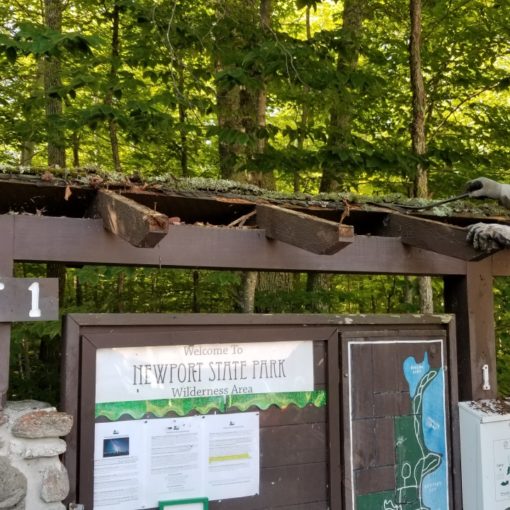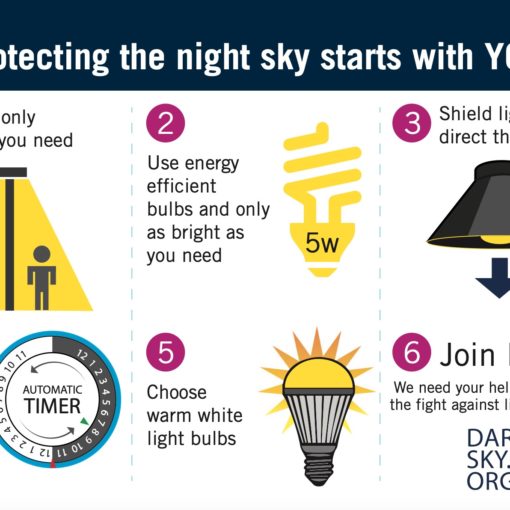By Jeanne Rabel and Terry Heidenreiter, NWS Board
Newport State Park hosts both Little Brown and Big Brown bats. The Little Brown bat weighs less than one half an ounce, whereas the Big Brown Bat weighs about twice that. Bats can eat about one half of their body weight in insects every day (including mosquitos, flies, moths, beetles, and midges), which is critical to environmental balance. Imagine that you can fly at night through a forest without using your eyes. Bats do this through a process called echolocation, a system of emitted clicks that are reflected back to allow them to navigate and detect their prey. The Big Brown bat can reach speeds of 25 miles per hour. Both bats live for 15-20 years.
White-nose syndrome has devastated the bat population in the United States and Canada. White-nose is a fungal infection that appears on the bat’s muzzle and wings and interferes with hibernation causing bats to awaken in the winter and perish from lack of food and the cold.
People tend to be fearful of bats because of persistent myths. Bats will not get tangled in your hair. They are too good at flying for that to happen. Bats are not rodents; they are more closely related to primates. Bats are not dirty; they spend a great deal of time grooming themselves. Only about 1% of all bats have rabies, which is lower than other mammals such as raccoons and skunks.
Beth Bartoli, the Newport State Park naturalist, has monitored the bat count at the park since 2018. There are bat houses situated in five areas of the park. In 2018, eighty-eight bats were counted in the park but we had depressingly low count of 11 in 2020. We are cautiously celebrating our recent post-volancy (post pupping) count of 57. (Thank you to all the volunteers who helped count.)




